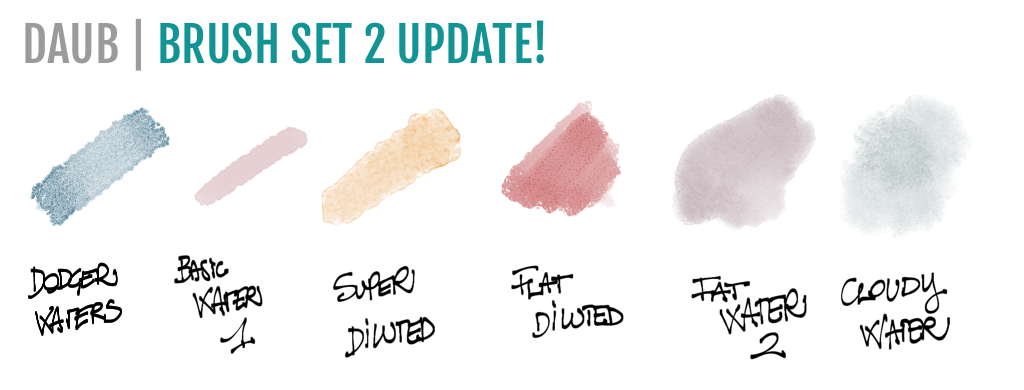

Tap the different tabs to access a variety of properties. A Do-It-Yourself brush appears in that brush set.ĭouble-tap the Do-It-Yourself brush to open Brush Properties.

#Sketchbook pro brush settings windows#
To close the panel and return to the canvas, tap the canvas.Ĭustomizing brushes in SketchBook Pro Windows 10Īlong the top of the Brush Palette, tap to access the Brush Library.

#Sketchbook pro brush settings how to#
INFORMATION: If you have custom icons you’d love to assign to your custom brushes, check out How to create texture icons.Ĭustomizing brushes in SketchBook Pro Mobile For adding color randomization, see How to randomizing color. See Brush Properties for help on customizing various aspects of a brush. To have the brush randomly changed opacity as you lay down strokes, see Randomize. To make a bigger marker, set the opacity lower and the brush stamp spacing lower.Ĭhange the opacity – In the Advanced tab, set opacity to vary brush opacity as the stylus pressure changes. To resize a marker, try adjusting its opacity and stamp spacing. The brush size values are a rough approximation of pixel size, but can vary.įor example, if lines are too thin to be drawn on the screen, they default to being wider. In the Basic tab, make changes to its Size to vary its brush thickness as the stylus pressure changes. Once you create a Do-It-Yourself brush, double-tap the icon to open Brush Properties and do the following:Īdjust the pressure sensitivity – In the Advanced tab, set brush radius and opacity according to the amount of pressure applied to the stylus. A Do-It-Yourself Brush icon will appear in your brush set. Select a brush type to base your new brush on. Customizing brushes in SketchBook Pro DesktopĬheck out this video on How to create custom brushes.Ĭreate more brushes by copying a brush and changing its setting or creating a Do-It-Yourself brush. You can customize your brushes and save them. Yet, many still tweak the Pencils and Pens to their style. Many users find they use the default Erasers, Flood Fill, Solid Paint Brush, and Airbrush. However, you may want to add to the existing custom brush sets in the Brush Library by creating new brushes to suit your purposes. The brushes we ship with SketchBook Pro are great and you can do almost anything with them.


 0 kommentar(er)
0 kommentar(er)
